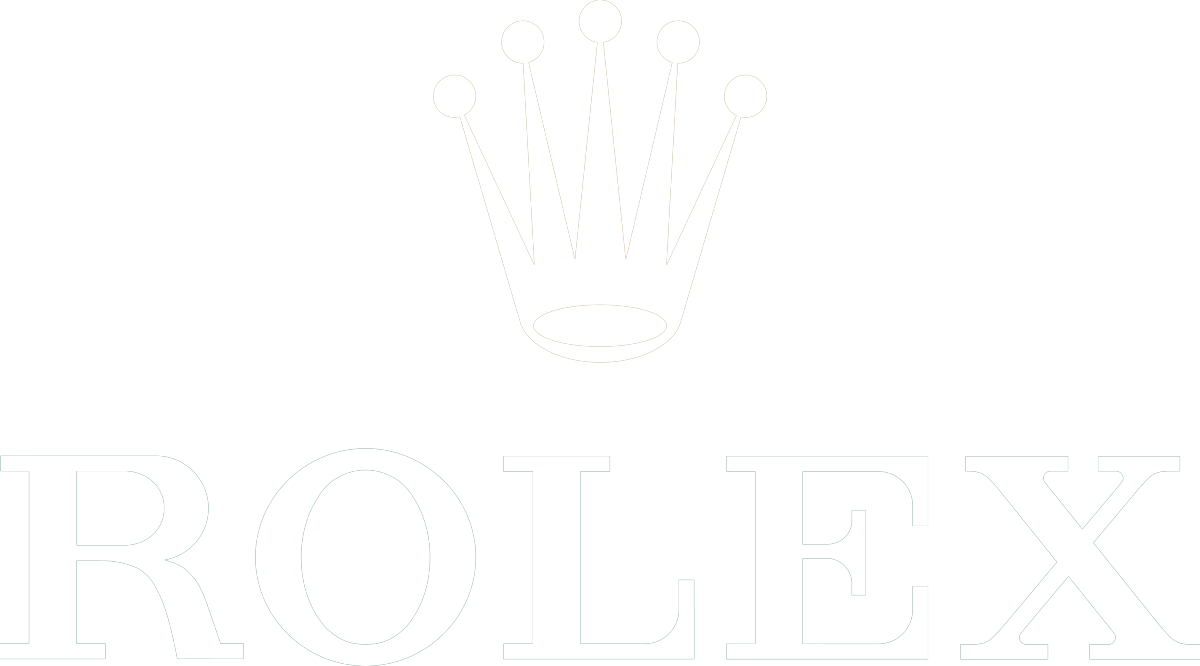How a Wristwatch Transforms from a Tool into a Personal Artifact
Introduction
In an era where the time flashes on every screen we glance at—from our smartphones to our microwaves—the purpose of a wristwatch seems, on the surface, obsolete. Yet, its persistence and even thriving popularity tell a different story. A story not about telling time, but about expressing identity, appreciating art, and connecting to history. The modern watch has evolved from a mere tool into a deeply personal artifact, a silent language on your wrist that speaks volumes about who you are.
1. From Tool to Treasure: A Brief Historical Pivot
The journey of the wristwatch is a tale of innovation and adaptation.
-
Pocket to Wrist: Initially, watches were pocket-bound, cherished possessions. The shift to the wrist is famously attributed to soldiers in World War I who needed a hands-free way to synchronize maneuvers. This practical need birthed the "trench watch," the progenitor of the modern wristwatch.
-
The Quartz Revolution: In the 1970s and 80s, the invention of quartz technology made accurate timekeeping cheap and accessible. It nearly decimated the traditional Swiss mechanical watch industry. But it also created a divide: watches were now either hyper-efficient digital tools or seemingly obsolete mechanical relics.
-
The Renaissance: The mechanical watch didn't die; it was reborn. It transformed from a tool of necessity into a object of desire, valued not for its accuracy but for its craftsmanship, heritage, and artistry. This was the pivotal moment the watch became art.
2. The Silent Language of the Wrist: What Your Watch Says About You
Before you even speak, your watch can narrate a story. It's a non-verbal cue that conveys values and personality.
-
The Rugged Tool Watch (e.g., Rolex Submariner, Seiko Prospex): Says you're practical, adventurous, and value durability and function. You might have a love for the outdoors, engineering, or simply appreciate things built to last.
-
The Elegant Dress Watch (e.g., Patek Philippe Calatrava, Nomos Tangente): Communicates refinement, minimalism, and confidence. It suggests you value tradition, subtlety, and understated elegance over loud branding.
-
The High-Tech Smartwatch (e.g., Apple Watch, Garmin): Signals you're connected, health-conscious, and value efficiency and data. You are optimized and modern, seamlessly integrated with technology.
-
The Vintage or Heritage Piece: Suggests you're a connoisseur, a historian at heart. You value story, provenance, and the unique character that comes with age and patina.
-
The Bold Statement Watch: Says you're confident, creative, and unafraid to be noticed. You see a watch as a piece of wearable art and a conversation starter.
3. More Than Mechanics: The Pillars of Modern Watch Value
Why do people spend thousands on a mechanical watch when a $20 digital one keeps better time? The value lies in intangible qualities:
-
Craftsmanship (The Art): It's about the painstaking hand-finishing, the tiny gears and springs (movement) visible through a sapphire caseback, and the knowledge that a master watchmaker assembled this miniature engine by hand.
-
Heritage & Story (The Soul): A watch can be a link to history. Wearing a pilot's watch connects you to the pioneers of aviation. A watch passed down through generations carries the weight and story of your own family.
-
The Digital Antidote (The Mindfulness): In a world of constant notifications and digital noise, a mechanical watch is a singularly focused, analog device. It doesn't ping, buzz, or demand your attention. It simply exists, reminding you to be present in the physical moment.
-
Longevity & Sustainability (The Philosophy): A well-made mechanical watch is designed to be repaired, serviced, and last for generations. It's the antithesis of fast fashion and disposable technology—a statement of sustainable values.
4. Choosing Your Artifact: A Practical Guide
Finding the right watch is a personal journey. Ask yourself:
-
What is my budget? Great watches exist at every price point, from $150 (Seiko 5, Citizen Eco-Drive) to astronomical sums.
-
What is my lifestyle? Are you in a formal office, a rugged workshop, or a tech startup? Your environment will guide the style and durability you need.
-
Mechanical or Quartz? Do you crave the romantic engineering of a self-winding mechanical movement, or do you prefer the set-and-forget accuracy and practicality of quartz?
-
What speaks to me? Ultimately, the best watch is the one you love to look at and wear. Does it bring you joy? Does it feel like "you"?
Conclusion: Your Wrist, Your Story
The watch has completed its evolution. It is no longer a question of "What time is it?" but rather "Who are you?" and "What do you value?"
It is a piece of art, a feat of engineering, a family heirloom, and a personal statement all strapped to your wrist. In our digital, ephemeral age, it remains a tangible, mechanical heartbeat—a reminder of the craftsmanship of the past and a testament to the enduring human desire to make personal meaning out of the passage of time.
What does the watch on your wrist say about you?


